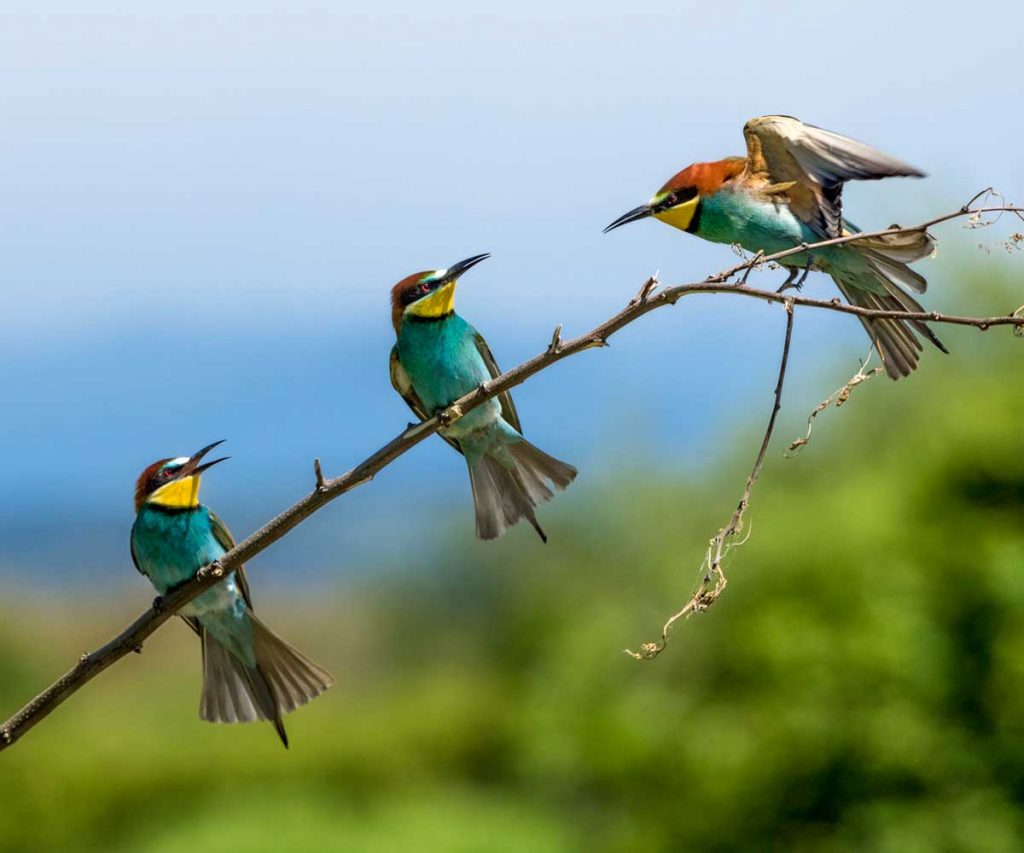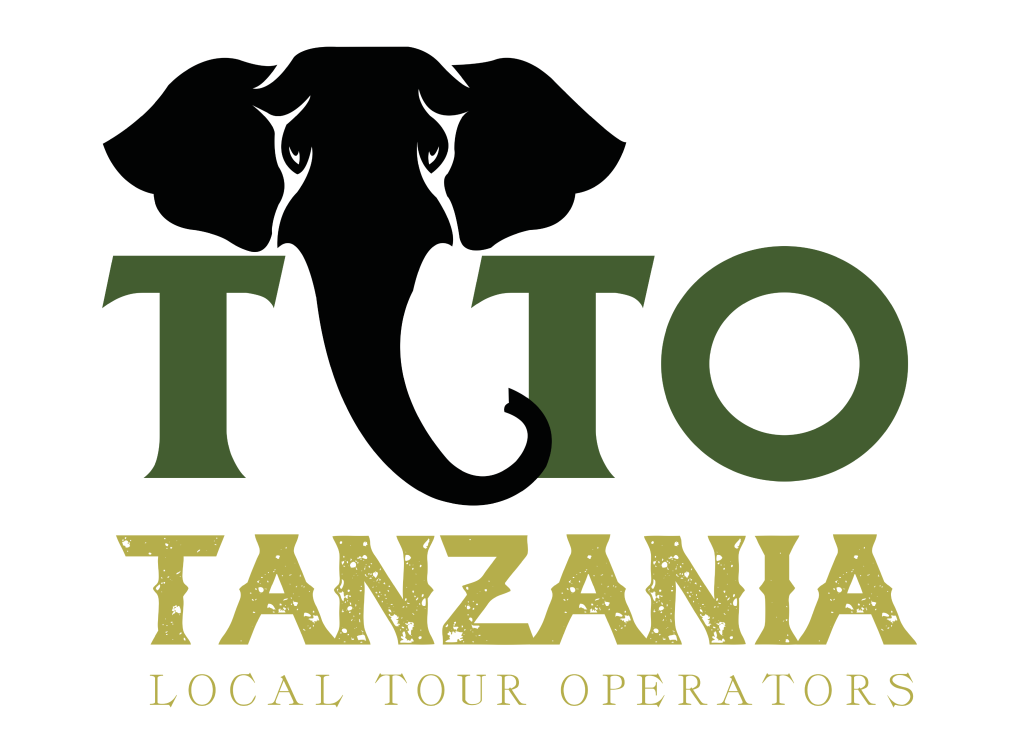Explore 10 Captivating Birds on Safari, Beyond the Big Five
Despite not being one of Tanzania’s Big Five, birds are an amazing part of the Serengeti ecosystem. Over 1,100 different bird species may be found in Tanzania, 500 of which can be seen in the Serengeti.
Here are the top 10 most seen birds in Tanzania. On your safari, you’ll probably run into a lot of them. There’s no need for binoculars!
Ostrich
The large and instantly identifiable ostrich is common throughout Tanzania. These non-flying birds are the fastest land birds in the world, running at almost 43 miles per hour. Male ostriches have black feathers, which make them stealthy at night, while female ostriches have grey-brown feathers, which provide good camouflage during the day.
When predators are nearby, ostriches make a range of noises, such as snorts, whistles, and loud booming noises. It’s not uncommon to hear them before you see them!

Tawny Eagle
The Tawny Eagle is a short-legged bird with thick white, reddish-brown, or grey-brown feathers that can be found nearly everywhere in Tanzania. They are formidable hunters, diving from their perches to seize on prey with their sharp talons. They are well-known for eating insects when given the chance and are not picky eaters either.
Marabou Stork
The Marabou stork, which can be seen all throughout the Serengeti, is characterized by its massive, dagger-like bill and its pink, sunburned-looking head. Additionally, they have huge wingspans that enable them to soar very high. They often seen around carrion, stealing scraps from the kills of major predators. The absence of feathers on its head and neck enables it to eat messy food without becoming dirty.
Marabou storks are intimidating and shrewd birds. Other marabous move out of the way when their throat sacs inflate, displaying their dominance. When around a grass fire, it’s common for a stork to march ahead of the flames in an attempt to grab any escaping prey.






